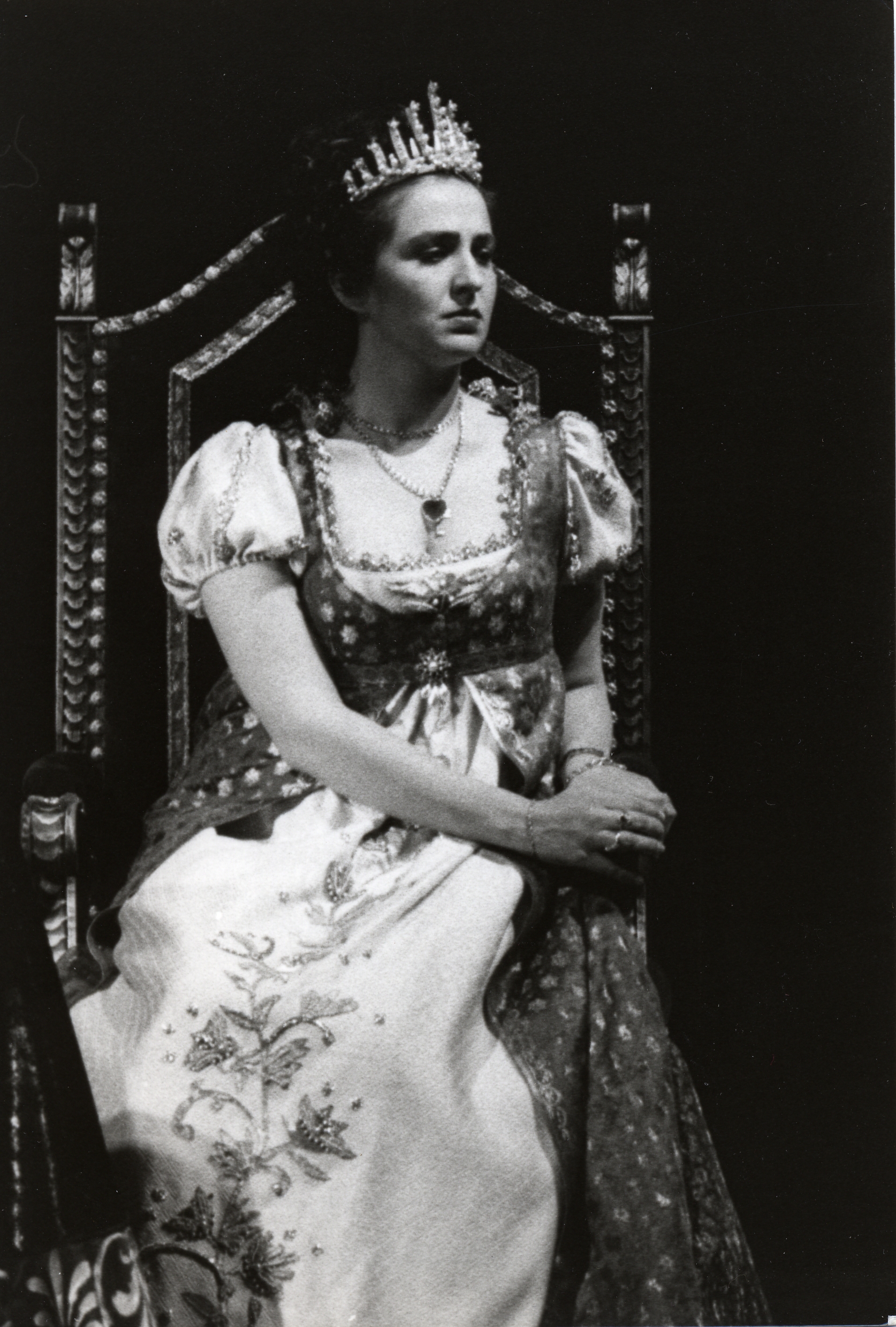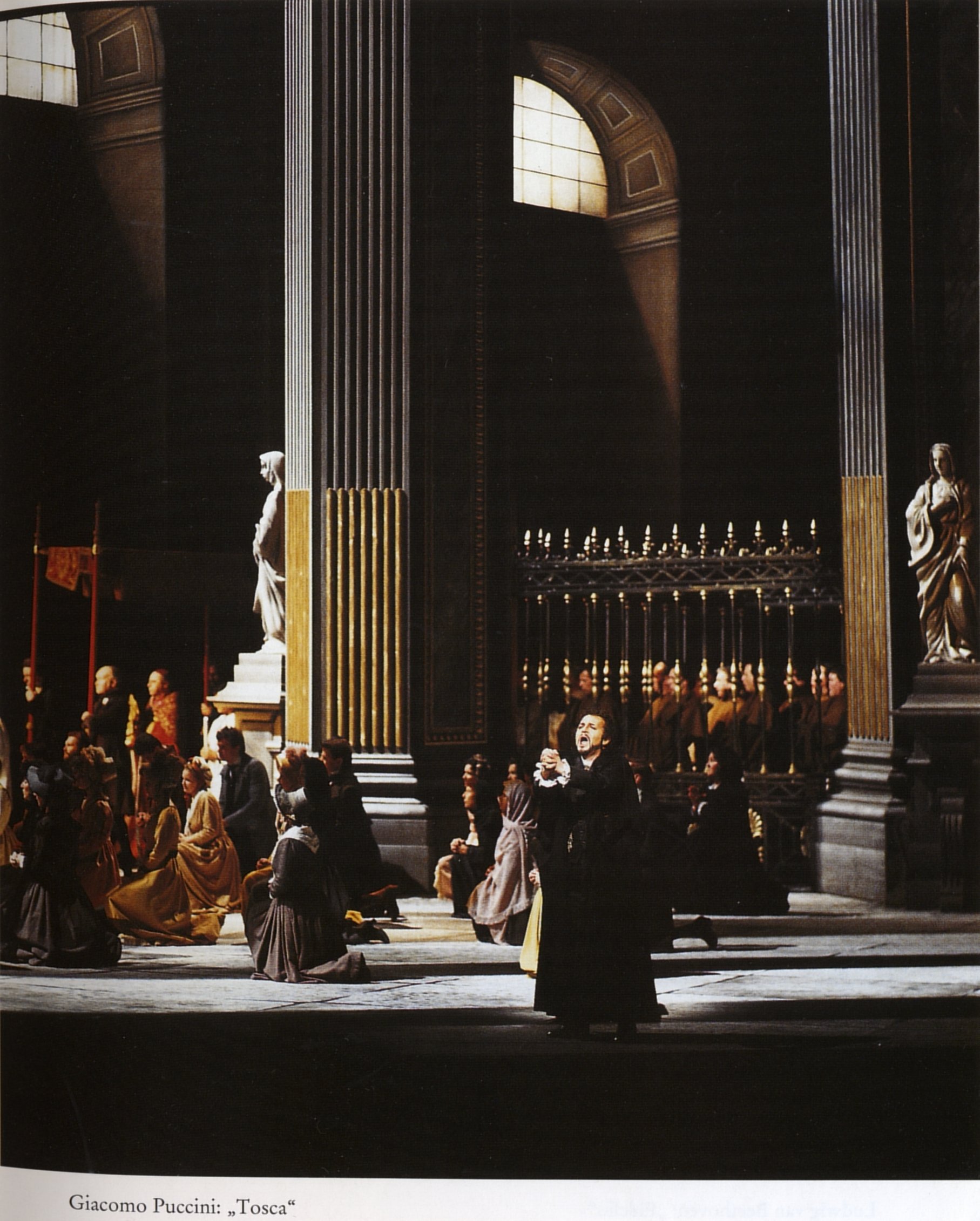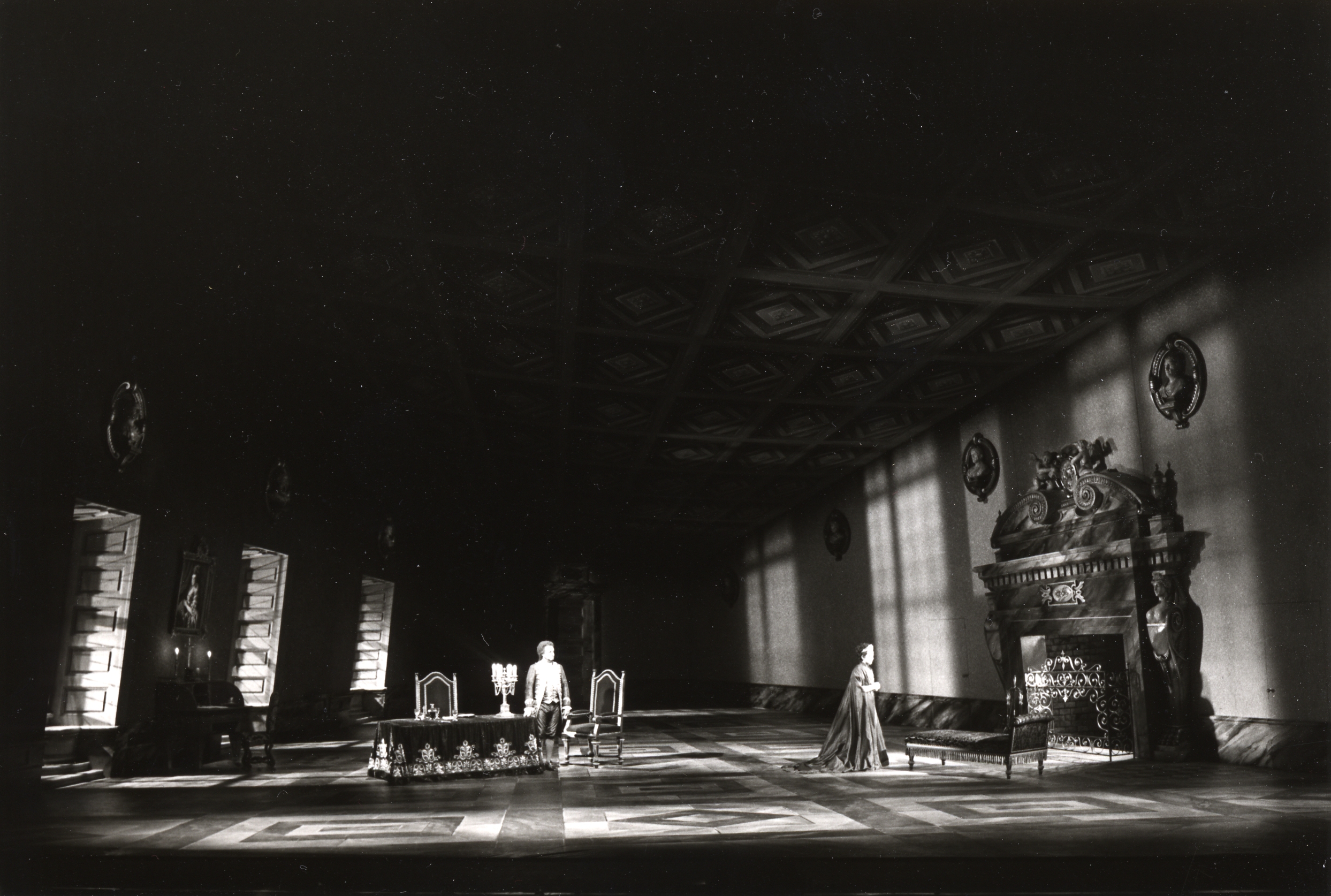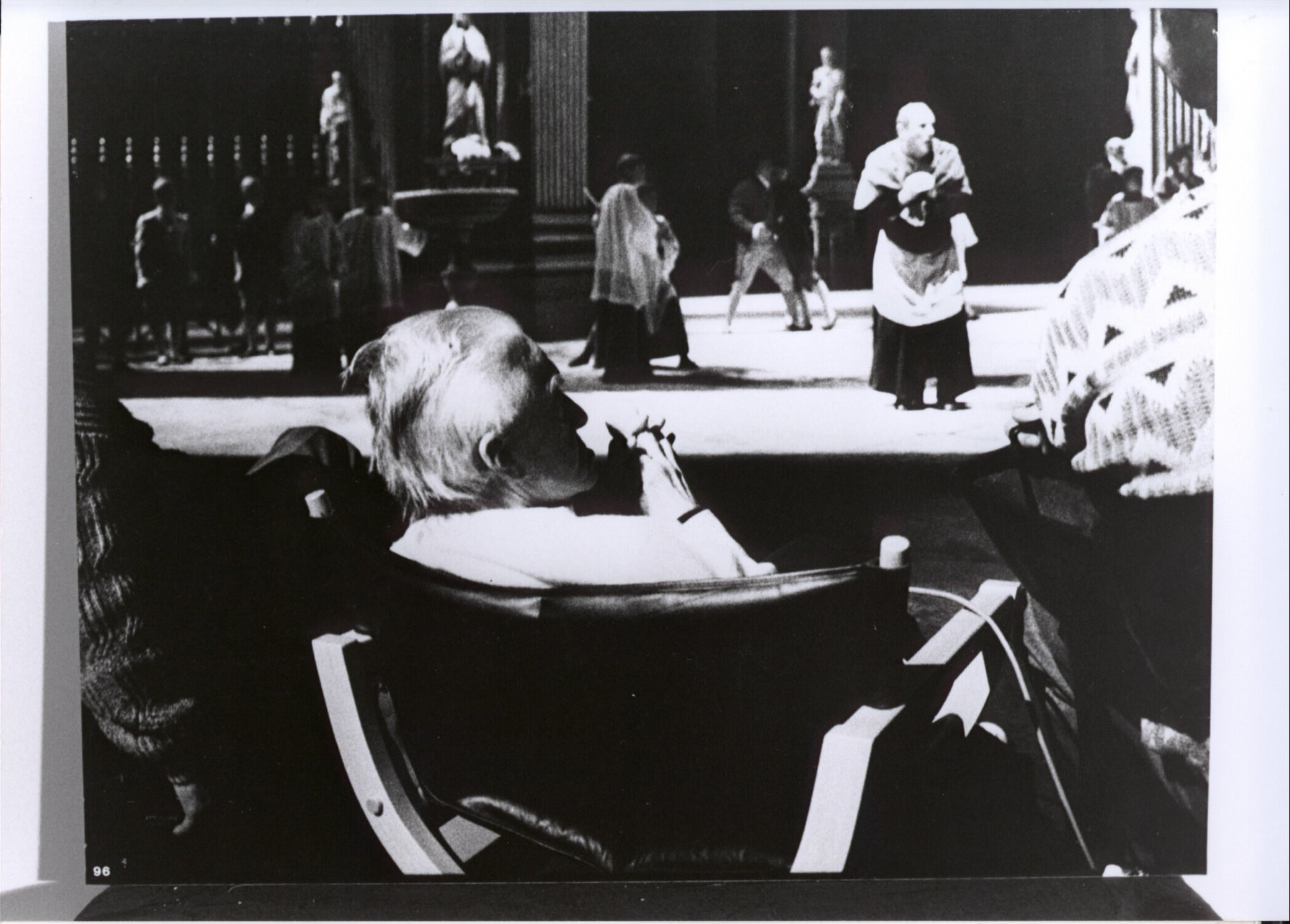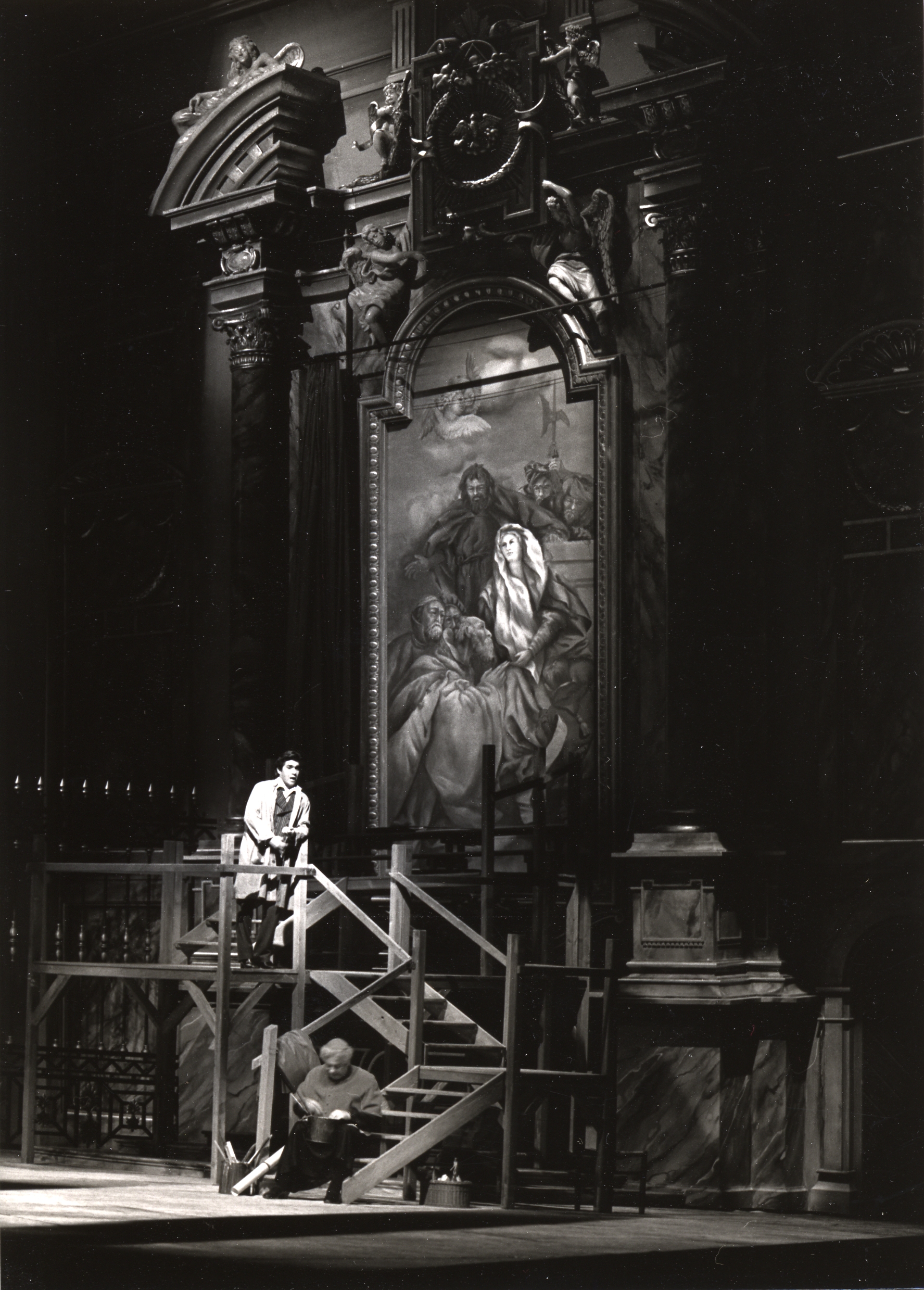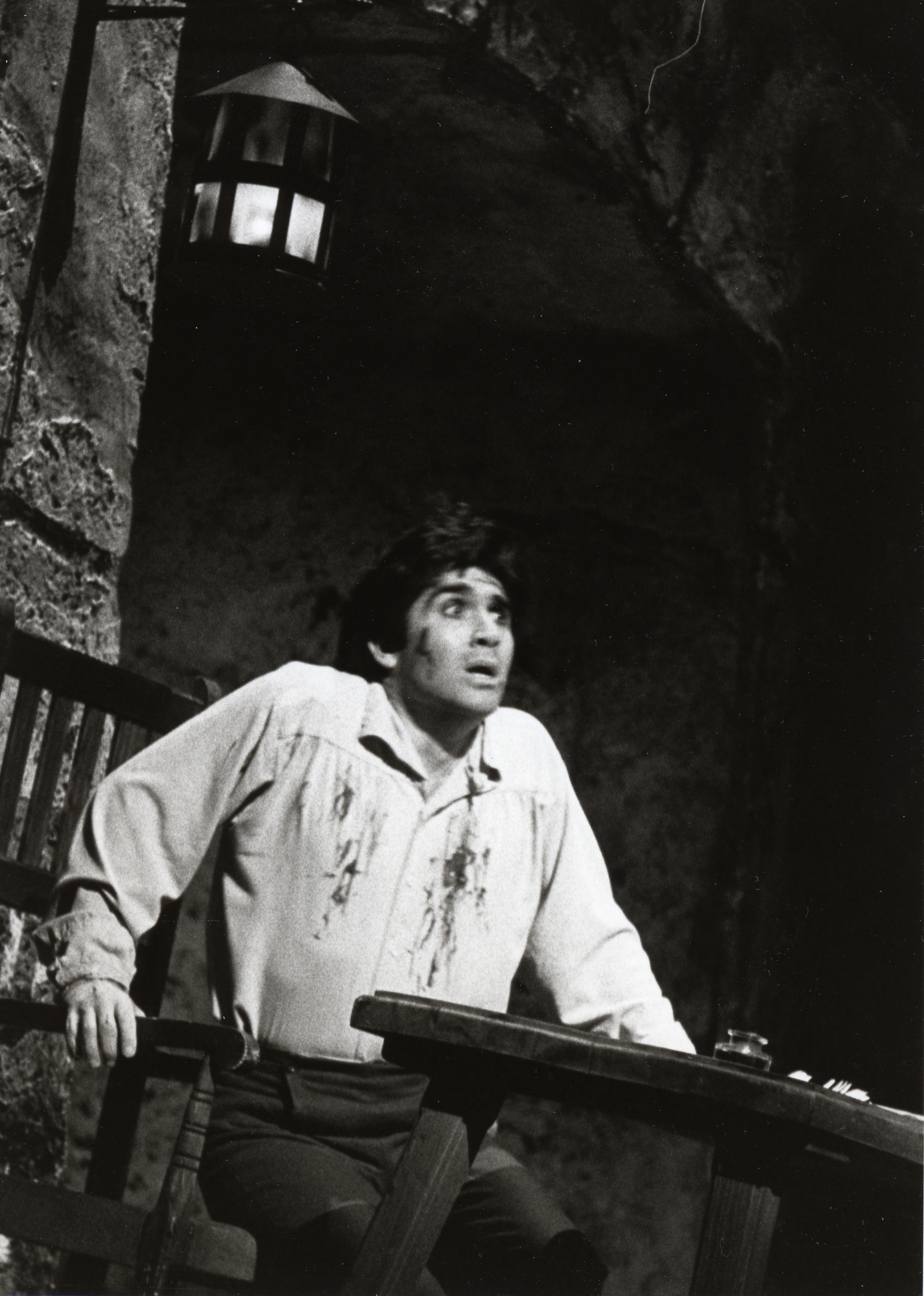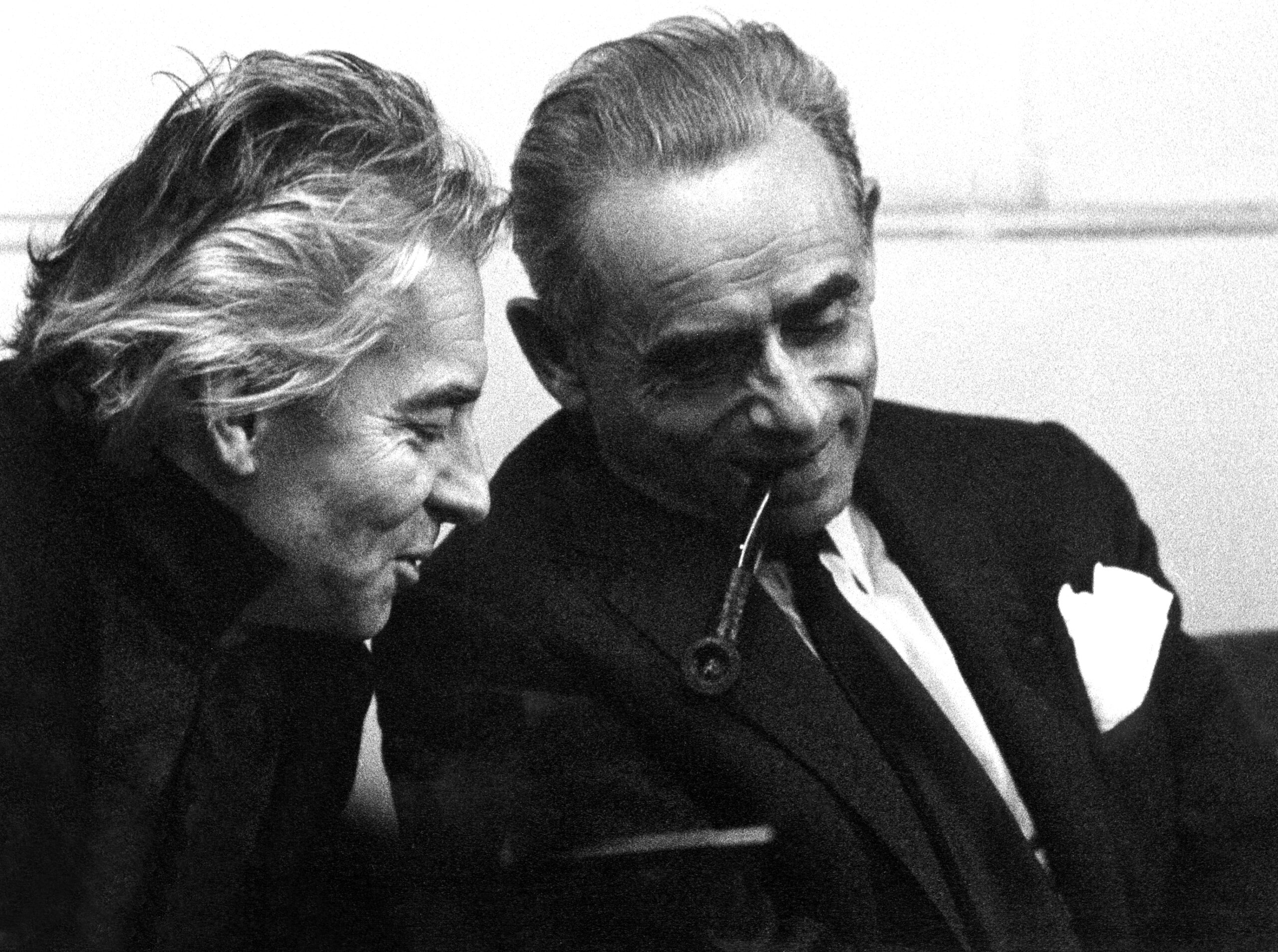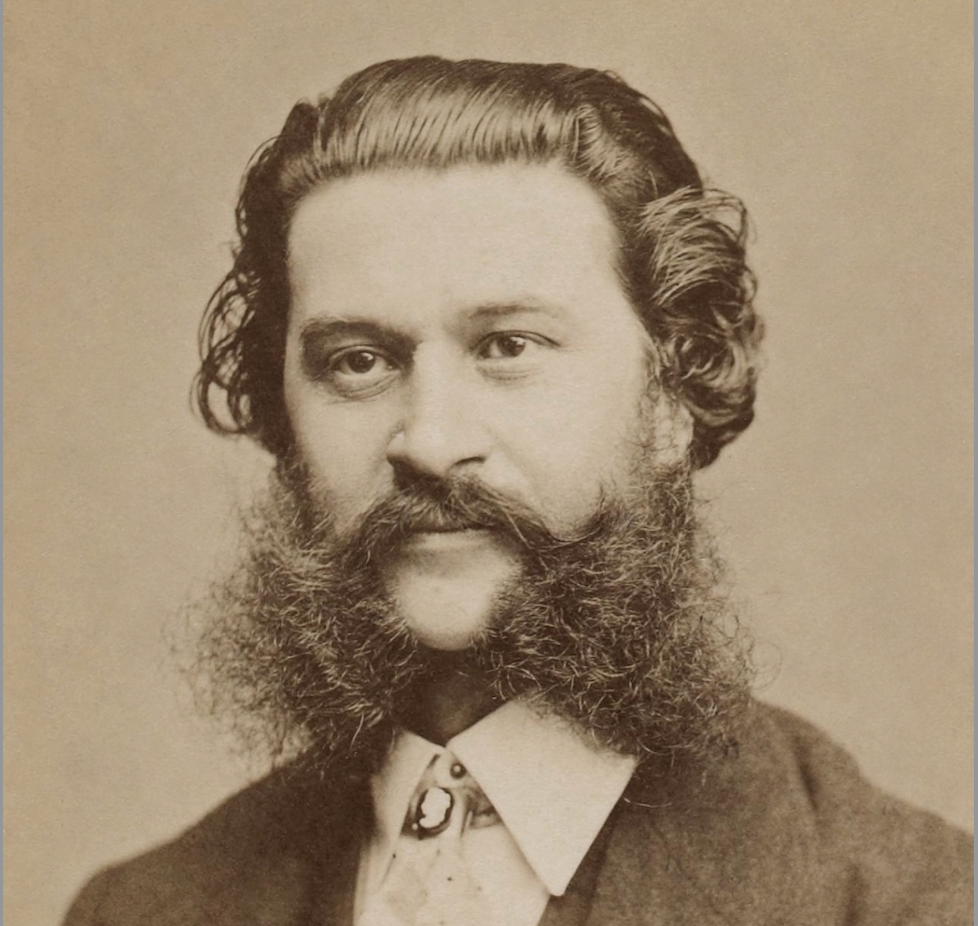01 December 2024
P.R. Jenkins
Spotlight Puccini: “Tosca”
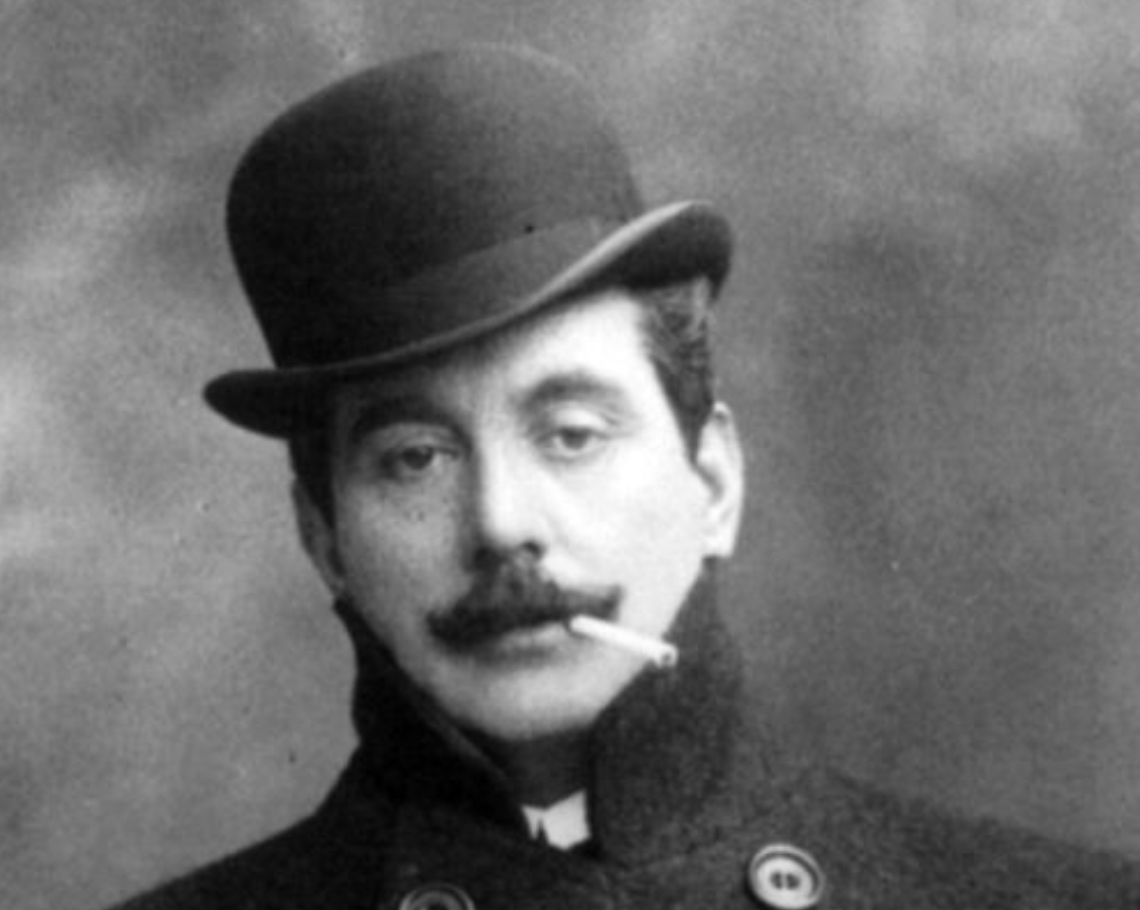
“‘Tosca’ has always fascinated me. Goethe once said: ‘I would be able to commit all crimes in my life if I did not have the possibility to express them.’ Sometimes you must conduct it, otherwise one day you may kill someone! I am fascinated by every single bar.”
Herbert von Karajan
During every decade of his career, Karajan had Puccini operas in his repertoire and some of his recordings are looked on as the best of all. Giacomo Puccini is one of the great heroes of Italian opera. Only very few composers rival his genius for creating stage works that are skilfully constructed and superbly orchestrated but nevertheless unsurpassingly popular.
“Tosca”, the “most gripping of all Puccini operas (Peter Uehling)”, was in Karajan’s repertoire from his very beginnings in 1929 and it was the last opera Karajan ever conducted 60 years later in March 1989. Early try-outs in Salzburg were in odd orchestral versions. The first proper performances were in Aachen in 1936 and 1939. Almost twenty years later, he came back to it when he was already head of the Vienna State Opera in 1958. The famous production by director Margarethe Wallmann has been in the repertoire up to today and was presented at the premiere with Renata Tebaldi, Giuseppe Zampieri and Tito Gobbi singing Tosca, Cavaradossi and Scarpia. Until the end of his era in Vienna, Karajan conducted the piece 13 more times with Gré Brouwenstijn, Leonie Rysanek, Inge Borkh, Margherita Roberti, Floriana Cavalli, Antonietta Stella, Leontyne Price (Tosca), Giuseppe di Stefano, Eugenio Fernandi, Gianni Raimondi, Dimiter Usunow, Carlo Bergonzi, Flaviano Labò (Cavaradossi), George London, Hans Hotter, Ettore Bastianini, Giuseppe Taddei and Aldo Protti (Scarpia). Karajan’s first studio recording in 1962 featured Leontyne Price, Giuseppe di Stefano and Giuseppe Taddei in the main parts.

Di Stefano had already been Cavaradossi nine years before in de Sabata’s famous recording with Maria Callas. Karajan admired de Sabata deeply and was not ashamed to listen to certain parts of this recording while producing his own. An infamously difficult phrase is Tosca’s entrance in Act 3. Karajan listened to de Sabata’s recording several times and then – according to his producer John Culshaw – said: “No, he’s right but I can’t do it. That’s his secret.”
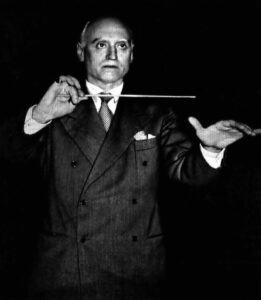
Karajan’s biographer Roger Vaughn quotes Edward Greenfield in “Opera on Record”: “The studio recording from 1963 [1962] with Leontyne Price in the title role and Karajan conducting is an admirable proof for new perspectives that can be gained through recording technology. Thanks to Karajan and the recording engineers, the ‘Te Deum’ develops a meaning that is rarely achieved even in the theatre. After the Scarpia theme the ostinato of the bells – from B flat to low F – starts not only ‘pianissimo’ but from far away – ‘come da lontano’. With this background, the sinister murmuring of Giuseppe Taddei as Scarpia has an increasing tension. The threatening theme with its relentless triplet pulse goes very slowly. Karajan follows Puccini’s ‘sostenuto molto’ and ‘largo religioso’. With its spooky echoes, taking you directly to Sant’ Andrea della Valle, the music sounds calm, beautiful and threatening at the same time. Karajan’s crescendo to the climax is remarkable and the impression evoked through the slow tempo and the dynamic contrasts is very powerful.”
It is remarkable that, Karajan’s second studio recording in 1979 wasn’t combined with a stage production or a film. At that time, “Tosca” hadn’t been staged at the Salzburg Easter Festival. Why not in 1980? Only three years later, there was a single concert performance in Berlin with the same cast – Katia Ricciarelli as Tosca, José Carreras as Cavaradossi and Ruggero Raimondi as Scarpia. The Salzburg Easter Festival production took place in 1988 with a completely different cast. Karajan’s discovery Fiamma Izzo d’Amico appeared in the title role, Franz Grundheber as Scarpia and Luis Lima, whose teacher Carlos Guichandut had already worked with Karajan, as Cavaradossi. Talking about that production, Karajan told Richard Osborne:
“I am very thrilled with the designs that Schneider-Siemssen has come up with. With our stage and our workshops, which are better than any theatre in the world, we are able to achieve really striking stage pictures; and they have nothing to do with these modern productions that do everything contrary to the music. Puccini writes in his scores a hint, or a piece of advice, or a simple order. We follow all that.”

For the following year’s Easter Festival, which was destined to be Karajan’s last, Luciano Pavarotti fulfilled his promise to “work again with Karajan at any time” and sang Cavaradossi, Josephine Barstow, Karajan’s Amelia in the “Ballo in Maschera” recording, was Tosca and Alain Fondary Scarpia. “Tosca” was the last opera Karajan ever conducted in the theatre, the final performance was on 24 March 1989.
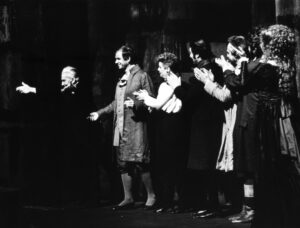
Peter Uehling: “Karajan. Eine Biographie” Rowohlt, Reinbek bei Hamburg. 2006
“Conversations with Karajan” Edited with an Introduction by Richard Osborne. Oxford University Press. 1989
Roger Vaughan: “Herbert von Karajan – A Biographical Portrait” Weidenfeld & Nicolson Limited, London. 1986
“Richard Osborne talks to Herbert von Karajan (Gramophone, April 1988)” Gramophone, January 1, 2015

